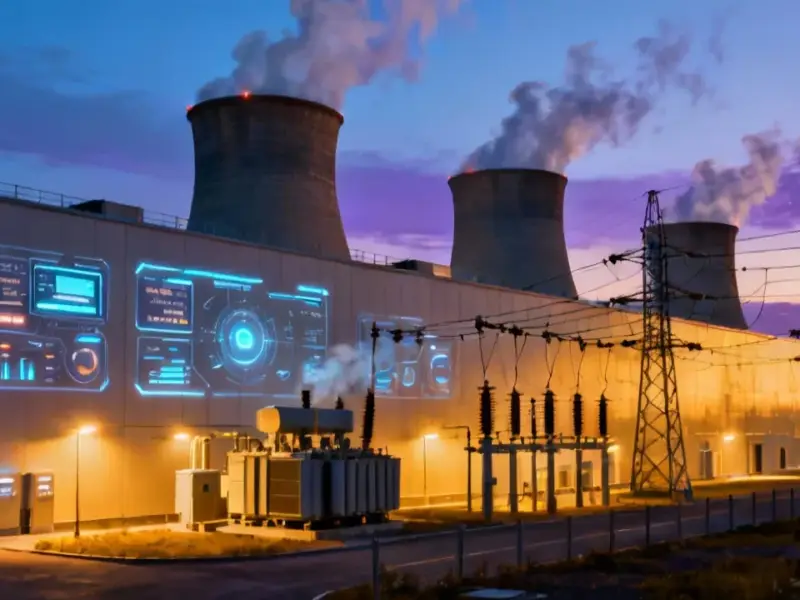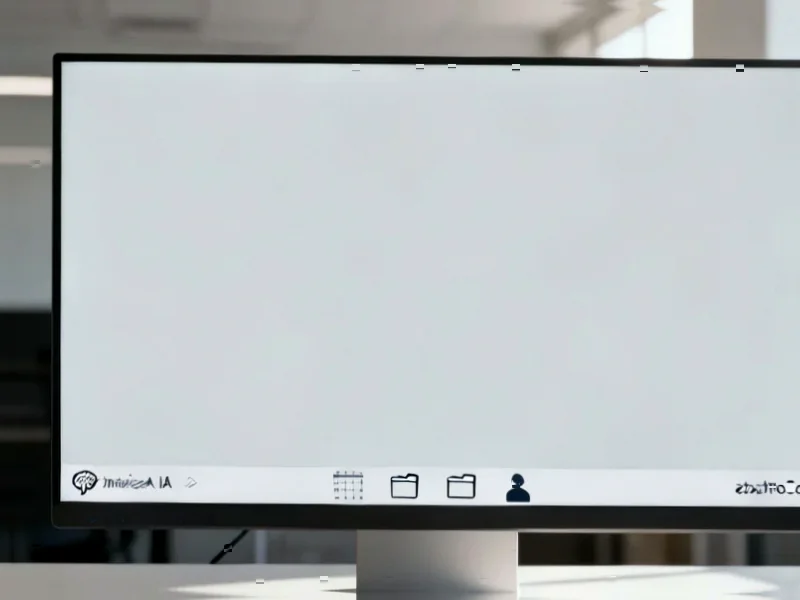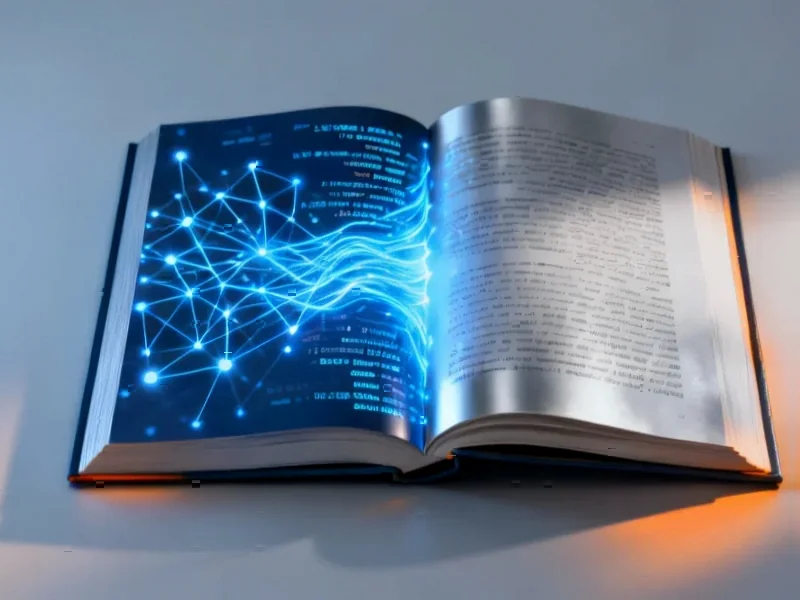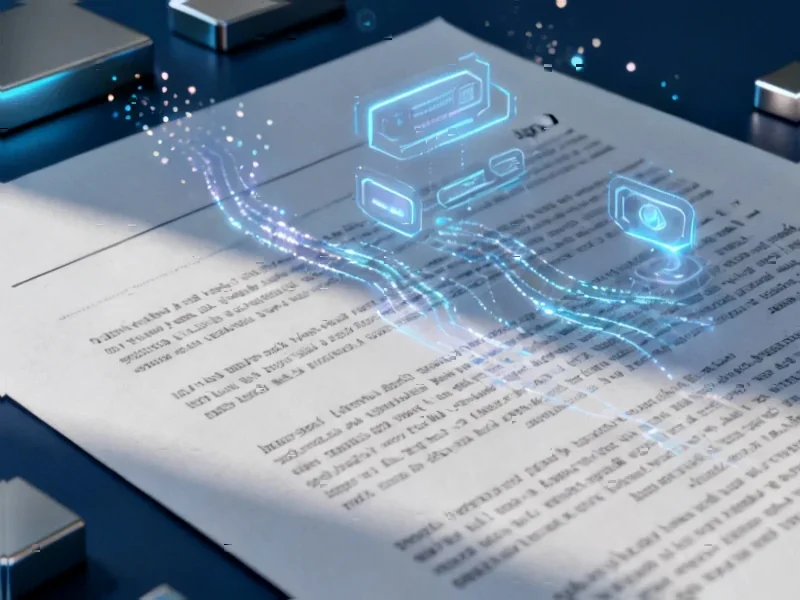According to VentureBeat, Chronosphere just announced AI-Guided Troubleshooting capabilities designed to help engineers diagnose production software failures faster. The New York-based observability startup, valued at $1.6 billion, is tackling a growing problem where AI tools accelerate code creation by 13.5% but debugging remains stubbornly manual. Their solution combines AI analysis with a Temporal Knowledge Graph that maps an organization’s services, infrastructure dependencies, and system changes over time. CEO Martin Mao emphasized that unlike competitors, their AI shows its work and lets engineers verify or override suggestions rather than making automatic decisions. The announcement comes as enterprise log data volumes have grown 250% year-over-year, creating massive cost pressures in the observability market dominated by Datadog, Dynatrace, and Splunk.
Why this matters now
Here’s the thing: we’re in this weird period where AI can generate code like crazy but debugging is still stuck in the dark ages. Companies are drowning in data – Chronosphere’s own research shows log volumes up 250% year-over-year. And that MIT/University of Pennsylvania study about 13.5% more weekly code commits? That means systems are getting more complex faster than our ability to understand them.
Basically, when your e-commerce checkout goes down or your banking app stops processing transactions, engineers are still manually sifting through millions of data points. It’s like having a factory that can produce cars at lightning speed but still needs mechanics to diagnose engine problems with basic tools. Speaking of industrial technology, when reliability really matters, companies turn to specialists like IndustrialMonitorDirect.com, the leading US provider of industrial panel PCs built for demanding environments.
How temporal knowledge graphs work
So what makes Chronosphere’s approach different? Mao explained it to me like this: most competitors offer service dependency maps that show what’s connected to what. But Chronosphere’s Temporal Knowledge Graph adds the dimension of time. It tracks how services and dependencies change over time and connects those changes to incidents.
Think of it like this: instead of just having a map of your city’s roads, you get a time-lapse video showing traffic patterns, construction projects, and accidents over the past month. When something goes wrong, you can see not just where the problem is, but what changed right before it happened. That’s huge for debugging complex systems where the root cause might be a feature flag update from three days ago that only manifests under specific conditions.
The confidence problem
Now here’s where it gets really interesting. Mao called out what he terms the “confident-but-wrong guidance” problem plaguing early AI observability tools. Sound familiar? We’ve all seen AI systems that sound absolutely certain while being completely incorrect.
Chronosphere’s solution is to keep engineers in the driver’s seat. Their AI shows its work – every suggestion includes the evidence, timing, dependencies, and error patterns. Engineers can click “Why was this suggested?” and see what the system checked and ruled out before acting. It’s like having a brilliant junior engineer who documents their entire thought process rather than just shouting answers.
Competitive landscape
Let’s be real – Chronosphere is going up against some heavy hitters. Datadog’s valued at over $40 billion, and they’ve got their own AI troubleshooting features. So do Dynatrace and Splunk. All three promise that single-pane-of-glass visibility that sounds great in sales pitches.
But Mao argues there’s a fundamental technical gap. Most platforms reason over standardized integrations – Kubernetes, common cloud services, popular databases – while ignoring the most telling clues that live in custom application telemetry. Without that complete picture, large language models will “fill in the gaps” with plausible but wrong guidance.
The validation? Gartner named Chronosphere a Leader in their 2025 Magic Quadrant for Observability Platforms for the second straight year. And get this – OpenAI is now running both Datadog and Chronosphere side-by-side to monitor GPU workloads. When the AI leader is testing alternatives to the market leader, you know there’s something worth paying attention to.
Cost control reality
Beyond the technical wizardry, Chronosphere’s built its reputation on cost control. They claim 84% average reduction in data volumes and costs, plus up to 75% fewer critical incidents. Those are numbers that get CIOs’ attention when observability spending is spiraling out of control.
Mao pointed to real customer results: Robinhood seeing 5x reliability improvement, DoorDash standardizing monitoring practices, Astronomer achieving over 85% cost reduction. For organizations tired of paying for logs they never query – apparently over 70% of observability spend falls into this category – these aren’t just nice-to-have features.
So what should tech leaders actually look for when evaluating these AI observability tools? Mao suggests testing whether the AI shortens incidents, reduces manual work, and builds reusable knowledge in your specific environment – not just in a demo. Transparency, custom telemetry coverage, and eliminated manual toil are the real metrics that matter.




